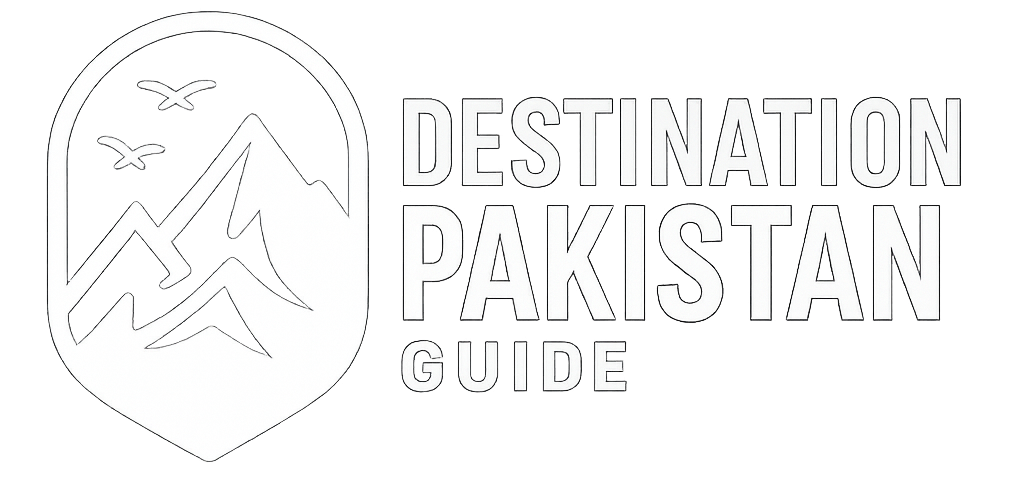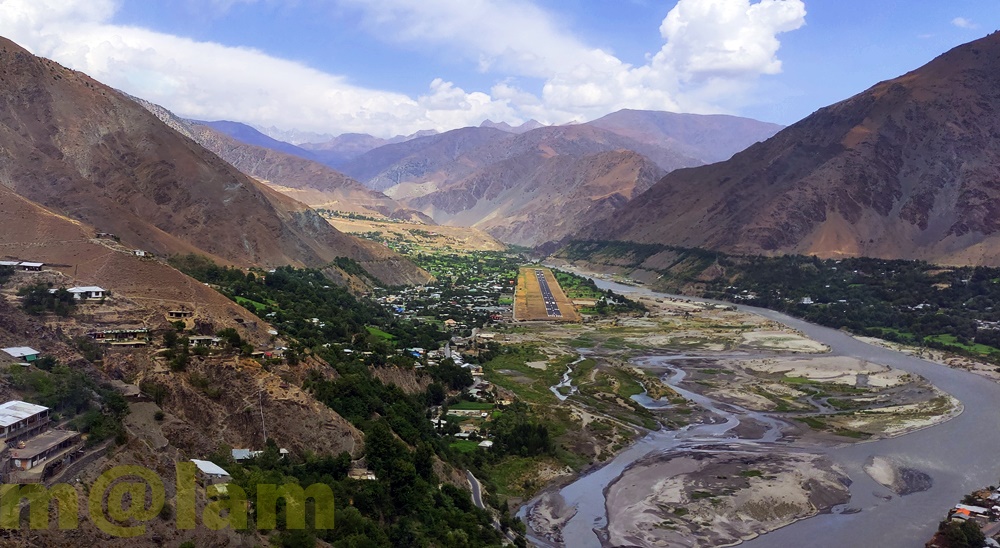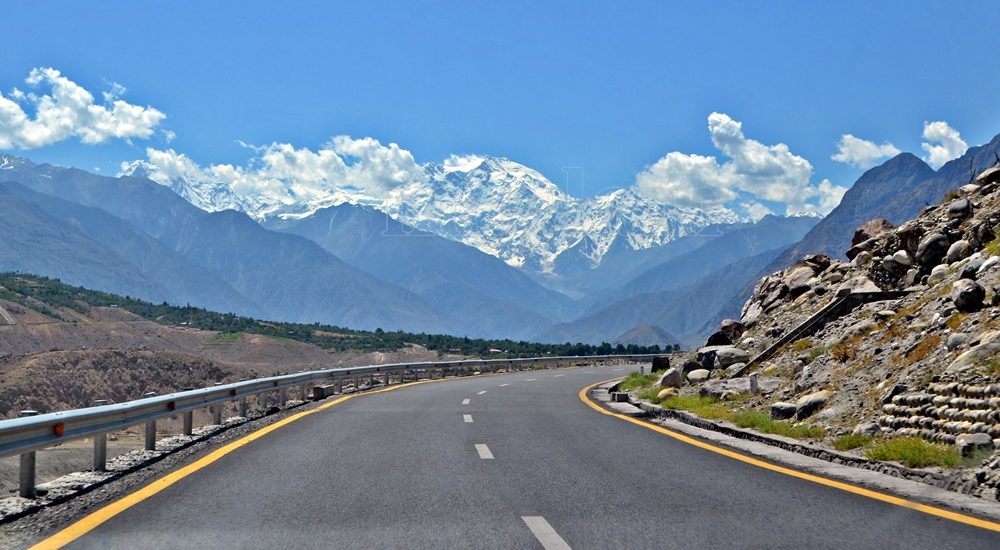The Evolution of Tourism: A Journey Through Time and Trends
In the annals of human history, the concept of tourism has roots that stretch far beyond the 18th-century coinage of the term itself. Since the earliest days of human civilization, people have embarked on journeys for various reasons. Initially, it was the primal quest for sustenance and shelter by our barefooted hunters and gatherers. Then comes the steady period of development through human inventions and ideas. Today, tourism stands as a robust global industry, propelling socio-economic growth on a grand scale.
From Survival to Adventure: The Pioneering Days
The evolution of tourism spans millennia. It encompasses a period from transitioning from the rudimentary need for survival in humanity’s infancy to the complex and diverse trends we witness in the modern world. This captivating journey owes its development to numerous factors. These include innovations, technological advancements, and the discovery of new destinations. At the same time, religious obligations that involve travel; the preservation of ancient monuments; and the construction of modern architectural wonders played an imminent role in promoting tourism. However, the development would not have been possible without the inherent human spirit of exploration and the ever-expanding wealth of nations.
Our ancestors began as nomads, driven by the pursuit of food. Subsequently, they embarked on religious pilgrimages and voyages of discovery. As societies advanced, travel embraced trade and commerce, paving the way for leisure and recreation. However, it was the technological revolution of the 20th century that triggered a seismic shift in the global travel industry.
In the nascent days, travel was often the privilege of the affluent or intrepid explorers, primarily driven by a quest for knowledge and recreation. Notable examples include Roman nobles frequenting spas and coastal resorts and Chinese elites journeying to Mount Tai and other sacred mountains. During the Middle Ages, the tradition of pilgrimage motivated even the lower classes to undertake journeys for religious rituals.
Wheels, Boats, and Beyond: Technological Milestones
Before technology’s advent, humans harnessed animals for transportation, mastering the art of horse riding to cover greater distances. Significant inventions such as the boat and wheel (circa 3500 BC), horse-drawn carts (circa 2000 BC), wheelbarrows (1st century), and footwear (8th century) contributed to enhanced mobility. The 17th century saw the introduction of public transport via horse-pulled carts. It was followed by the game-changing steam engine and hot air balloon in the late 18th century. The 19th century brought us the first steam-powered locomotive train (1814), the inaugural motorcar (1862), and the pioneering cable car (1871). The Wright brothers‘ historic flight in 1903 marked the dawn of modern air travel. It undoubtedly sets the stage for today’s rapid and luxurious transportation systems, underpinned by ever-advancing technology.
The Grand Tour: A Class Apart
Modern tourism shares a deep-rooted connection with the “Grand Tour,” a traditional expedition favored by affluent Europeans, primarily from the northern and western regions. Initially flourishing in the 1660s, this mode of travel became synonymous with a standardized itinerary with the advent of large-scale rail transit in the 1840s. However, the Grand Tour remained an exclusive privilege of the upper classes due to its exorbitant costs.
In the latter half of the 18th century, the concept of travel expanded to encompass the Americas and other far-flung destinations. The Industrial Revolution in the United Kingdom ushered in an era of leisure time, giving rise to leisure tourism. As railroads and steamships became part of mass transportation, travel became more accessible to the middle class. From the mid-19th to the mid-20th century, Thomas Cook’s eponymous company facilitated tours within Europe and the Americas. Tourism soon extended to the USA and other corners of the world with the advent of inclusive tours. Through this tour, travelers can journey independently along pre-defined routes while their agency covers travel, food, and accommodation expenses.
Tourism as a Catalyst for Development
Tourism wields both direct and indirect influence on development, profoundly impacting people’s lives. It serves as a catalyst for economic growth, which, in turn, fuels further tourism growth by promoting the development and marketing of tourism products. Today, the tourism sector’s economic significance surpasses major industries such as food, automobiles, and oil. As tourism continues to grow and diversify, it is poised to become a primary source of livelihood worldwide.
From Words to Industry: The Transformation of Tourism
The terms “tourist” and “tourism” emerged in the English language in 1772 and 1811, respectively. These words trace their origins back to the Old French “torner,” which itself evolved from the Latin “Tornare,” derived from the Greek word “tornos.”
Over time, the phenomenon of tourism has undergone a profound transformation, evolving into a thriving industry. Today, over a billion people embark on journeys across the globe annually. This industry’s exponential growth contributes a substantial 9.8% to global GDP and generates one in every eleven jobs worldwide. It has become a cornerstone of economic stability for many nations worldwide.
The Future of Tourism: Quality, Sustainability, and Global Positioning
The future contributions of tourism to economic well-being hinge on the quality of tourism products and services. At the same time, it counts on the revenues generated from tourism offerings. Additionally, it relies on the sustainability of existing destinations and the strategic positioning of emerging ones in international markets. With a trajectory marked by continuous expansion and diversification, tourism stands poised to be a driving force in the world’s economy. It has helped shape the destinies of nations and communities alike.











